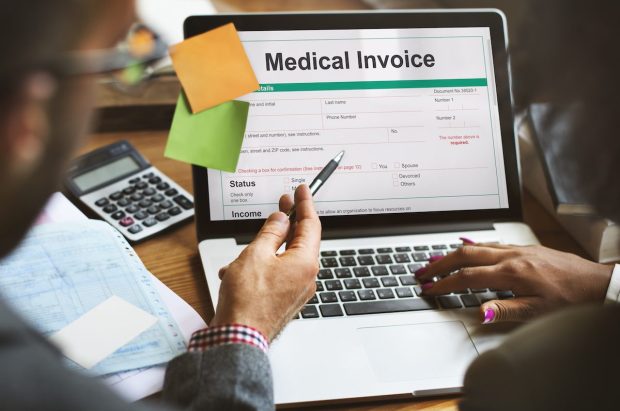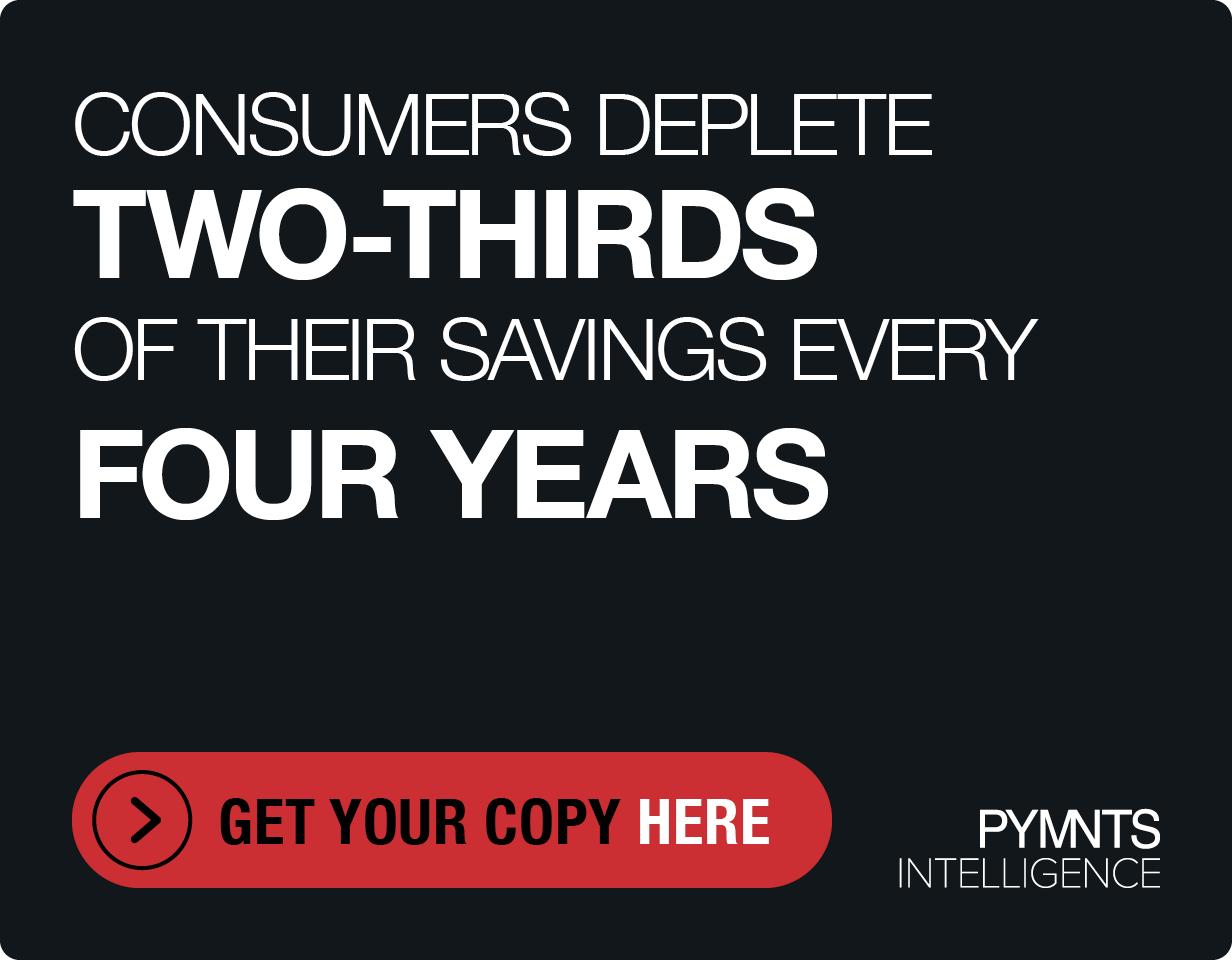Digital Payments Help Take Guesswork Out of Healthcare Bills

For one of the most technologically advanced industries on the planet, healthcare remains decidedly behind the digital shift in terms of payments technology.
There are several contributing factors, chief among them the decade-long swing to patients bearing greater portions of healthcare payments responsibility, combined with billing systems that haven’t caught up. And while there’s been some improvement on that front, Paymentus Head of Product and Partnerships Chris Trainor told PYMNTS that “50% of consumers say healthcare bills are the most difficult of any bill that they have to pay. It’s still problematic.”
Feeding into this are the nonrecurring nature of healthcare payments, especially for elective procedures and specialties, and the ongoing confusion about what’s been paid and what hasn’t.
“If you look at investments being made by health systems, they are going up as it pertains to digitizing interactions with patients, as well as unifying back-end systems,” he said. “Without unification, you’re going to have disparate experiences. That’s where we’ve historically seen disparate systems and no unification lead to fragmented customer-patient experiences.”
Paymentus aims to change this dynamic by providing health systems with an omnichannel platform that integrates with electronic health record (EHR) systems to enable patient payments at every EHR touchpoint — at registration, in a portal, via text, email or interactive voice response (IVR) — using their preferred payment method, ACH, debit or credit cards, or digital wallets from Apple Pay, Google Pay or PayPal, with real-time bill posting.
The company announced Oct. 4 an expanded solution set for healthcare providers, “certifying real-time bill posting on one of the most widely used patient portals, Epic MyChart, as well as expanding payment options for patients.”
Read more: Paymentus Expands Solutions for Patients, Healthcare Providers
Trainor described the effect expanded payment options and real-time bill posting can have on this problem, saying, “not providing preferred payment options can delay payments, and when you don’t have a payment that posts in real time, a patient believes they’ve made a payment, but it’s not being recognized by the health system.”
That situation invariably leads to the patient not paying at all; the patient calling the billing office for verification, which adds cost to an unpaid bill; or the patient then making a payment over the phone, which takes additional staff time and increases the health system’s payment card industry compliance burden, he said, “because cards represent a significant percentage of total transactions in healthcare, especially relative to some other bill pay verticals.
To avoid the patient not taking action, making phone calls to the health system for clarity or making manual payments, it’s important to provide a consistent experience across touchpoints in which a patient can easily make an instant payment using whatever payment method they prefer and get instant payment confirmation. Doing so can help systems avoid manual payment processes and the associated increase in payment card industry (PCI) burden.
Fixing the Paper Jam
Across the board in digital transformation, “healthcare is definitely lagging,” Trainor said. “There’s still a lot of paper bills being presented, paper-based communications, ones that include manual involvement from the healthcare system to the patient, particularly relative to other verticals where you have 60%, 70%, 80% electronic bill presentment adoption.”
In the handful of health systems where it’s currently found, real-time capabilities are having a major impact on collections, as is the case with the new Paymentus integration with MyChart by Epic.
“Absent an omnichannel solution integrated into the EHR, paper remains the default,” he said. “With the increasing adoption of platforms like MyChart among healthcare providers and patient utilization of MyChart, as well as the presentment of liability information in EHR portals, we will see the historical paper paradigm be disrupted in a way that will benefit both the patient and the provider.”
Trainor acknowledged that there is a correlation between payment status and treatment outcome, but it’s difficult to quantify.
“When a health system is able to receive payment and that payment is recognized and acknowledged by the health system to the patient, you’re able to receive, in many cases, care more expeditiously,” he said. “What we’ve seen is co-payments and patient responsibility being captured in many cases in advance of certain treatments.”
See also: Customers May Come for Convenience, They’ll Stay for Choice and Speed
Real-Time and Flexible Options Altering Outcomes
Much now hinges on healthcare accelerating the consumerization trend in the sector beyond prescription discount apps and name-brand walk-in clinics to embrace the bill pay function.
As in other verticals, payment choice and flexibility enhance the consumer-patient experience while improving collections for health systems carrying this debt on their books.
Providing patients with payments choice and flexibility “greatly improves overall payment collection rates and the timeliness of those payments,” Trainor said. “For healthcare providers looking to optimize their revenue cycle offering, that type of flexibility, whether it’s something like a PayPal Credit or installment payment options using credit cards or other payment instruments, that flexibility is directly correlated with total collectability and reducing the cost to serve.”
With postage rates climbing yearly and the cost of processing (and reprocessing) paper explanations of benefits and invoices, he said the cost to bill is rising, and payments flexibility “on the front end” cuts the amount of liability that ends up in collections, which is potent cost control.
